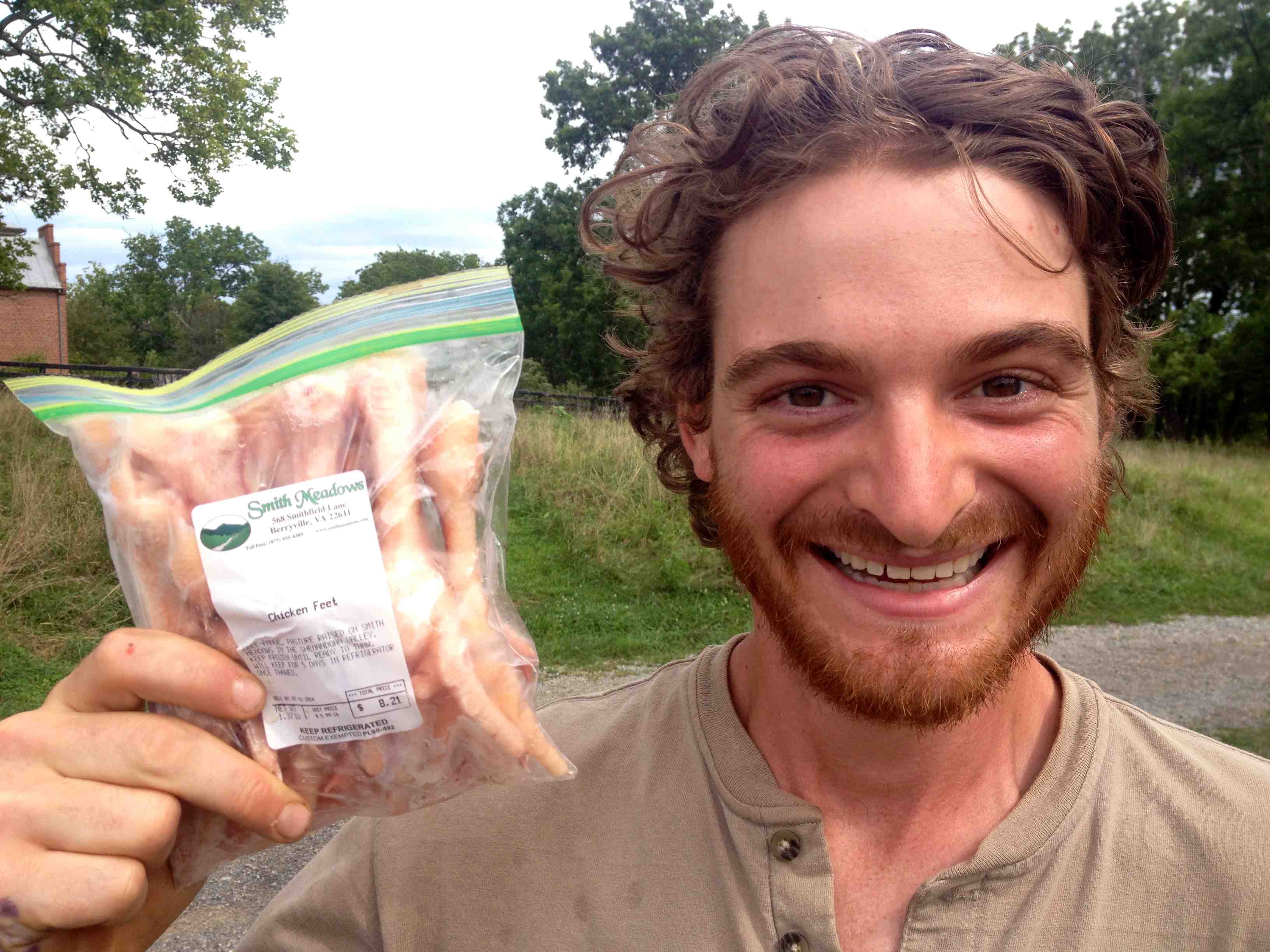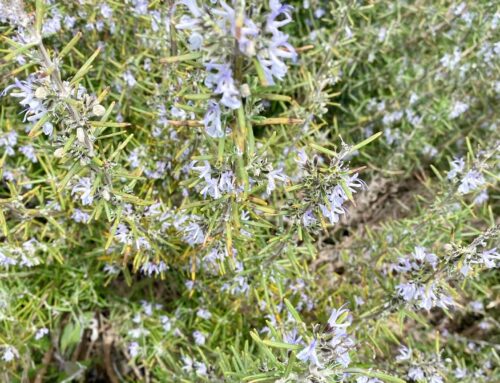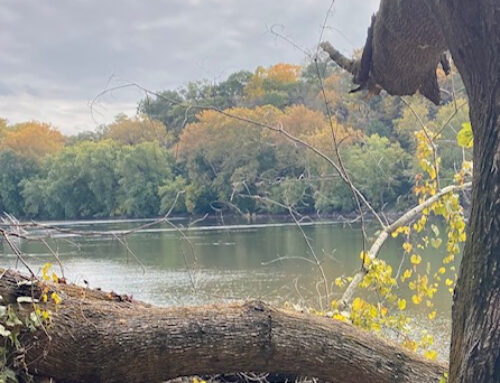I was getting new shocks for my farm truck, sitting in the waiting room, when this commercial came across the television:
The scene: three friends wolfing down chicken during their lunch break. One guy eats so quickly that he suddenly stares at his empty box, and screams in horror: “I think I ate the bones. I ate the bones! I ATE THE BONES!!!”
Don’t worry, champ. A euphonious voiceover quickly explains that KFC has removed the bones in advance, creating the ultimate poultry-pounding experience. The voice goes on to explain that there’s no skin either, just pure protein and spices. If only we could unhinge our jaws like a python, the ad stops just short of saying, we could even circumvent all that time-consuming chewing.
As an organic livestock farmer who sells free-range chicken at farmers’ markets each weekend, I’ve grown numb to these types of commercials over the years. We live in a culture where Cheaper-Faster-24/7 food exists in direct contrast to the seasonal, sustainable offerings I grow. For a small family farmer, trying to battle mainstream fast food head-on is completely pointless. Instead, I simply grow what nature provides, and offer customers an authentically different food experience.
And yet, every once in a while an ad like this causes me to raise my eyebrows. Hey dude… so what if you DID eat the bones? What’s the big deal? On our farm, we eat the bones all the time. And the skin. And the feet. And just about anything else we can glean. It’s a little thing we call “respecting the whole animal.” And it’s precisely how humanity has operated for thousands of years.
When we process a free-range chicken on our farm, we don’t just save the breast meat. We save everything. Feet are packaged by the pound, and sold for broth and chicken stock. Bags of livers and hearts sell out almost as quickly as we can put them in the display cooler. We even save the necks, tucking them into the body cavity for use in rich, flavorful soups.

Believe it or not, beef marrow bones are one of our biggest sellers on the farm. Ironically, we have a hard time keeping them in ‘stock’.
(Believe it or not, we even offer that rarest of birds: whole 5 pound chickens. When a customer recently asked why we don’t cut up our chickens, our apprentice Cullen Smith replied “because the whole is greater than the sum of its parts.” This kid has a real future at farmers’ market.)
What about all the rest: The heads, feathers and entrails? Surely we don’t eat those things…?
I’m glad you asked. We haven’t perfected a chicken McNoggin recipe—yet. But I’m getting a-head of myself. All of the ‘inedible’ parts of the bird are composted right here on the farm, and a year or so later are spread onto our pastures as fertilizer. Fertilizer, of course, makes the grass grow. And free-range chickens love grass. Combine this with a little rain and sunshine, and it’s a totally sustainable system. So yes… even though we don’t technically eat the feathers and guts, our grass certainly does. And without grass, we can’t have free-range chickens!
But what about those bones? Do people really eat them?
Yes, people really do eat them. I’ve had dozens of customers over the years tell me that our free-range chickens are so good, that they literally ate the bones. (If you’re interested in learning more, here’s a blog that gives a few culinary tips: Chicken Bone Snacks). Suffice to say, as long as the bones are thoroughly chewed, there’s absolutely no harm in doing so.
In his poem Old Bones, Gary Snyder writes:
Out there somewhere
a shrine for the old ones,
the dust of the old bones,
old songs and tales.
What we ate—who ate what—
how we all prevailed.
‘How we all prevailed.’ Surely, this is something worth remembering. My ancestors didn’t eat their dinner from a boneless skinless box of chicken, and I’d wager that yours didn’t either.
So, instead of acting like a screaming ninny and shouting “I ATE THE BONES!!!”, how cool would this be: An actor looks straight into the camera, gnawing on a half-eaten wing bone, and says with satisfied nonchalance: “Yeah man. I ate the bones.” Now that’s a commercial even a free-range chicken farmer could enjoy.
Check out my books!










Leave a Reply